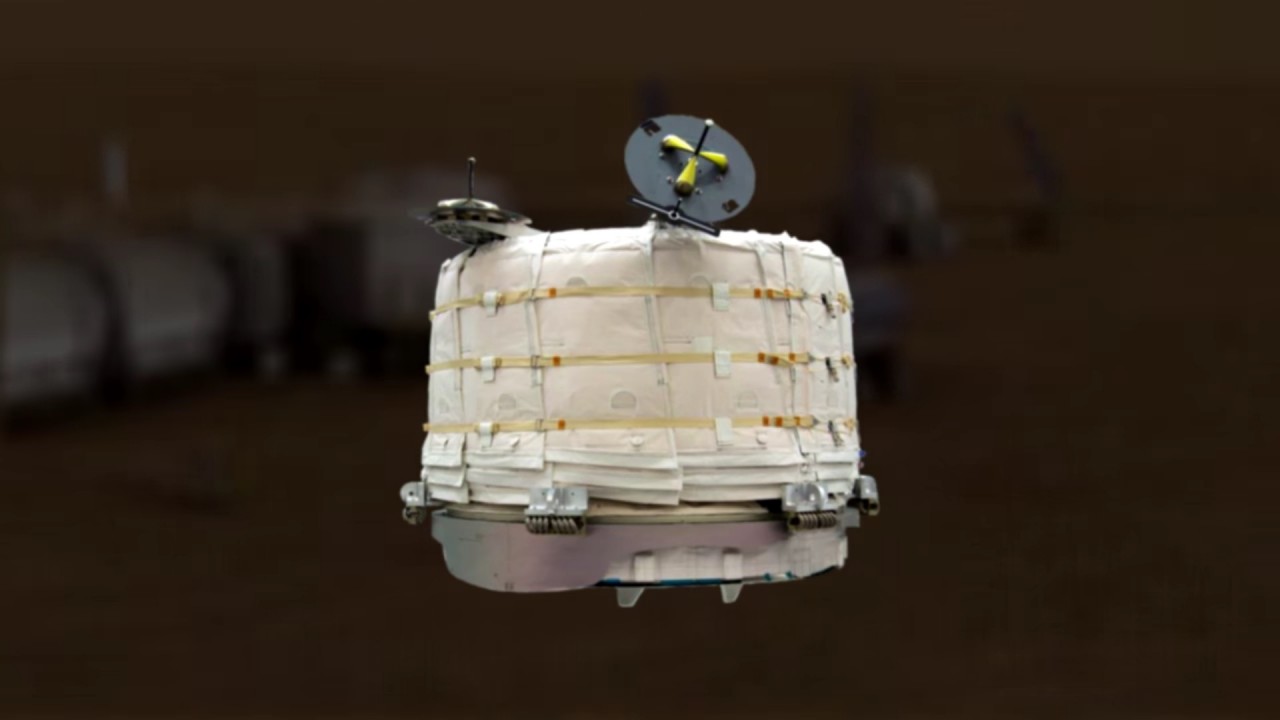Early Thursday morning, NASA attempted to inflate the Bigelow Expandable Activity Module (BEAM) after successfully attaching it to the International Space Station (ISS) in early April. But after hours of starts and stops, the agency called the attempt off. The thing is, nobody knows what went wrong.
“Flight controllers informed NASA astronaut Jeff Williams that BEAM had only expanded a few inches in both length and diameter at the time the operation ceased for the day,” wrote NASA’s Mark Garcia on the International Space Station blog.
The video below demonstrates how things were supposed to go. Instead, BEAM barely inflated while pressure inside of the structure rose to unexpected levels. Engineers at the Johnson Space Center in Houston are scheduled to meet to discuss what went wrong and how to move forward from here.
With no indication as to what went awry, however, it might be a long next few days as scientists analyze BEAM’s status. Once the inflatable station does eventually work, scientists will be able to test the thermal, structural, and longterm durability of how these modules hold up in space.
The plan is to keep BEAM attached to the ISS for two years before it’s robotically jettisoned and sent back to Earth. When/if NASA and Bigelow Aerospace try again, the inflation process should only take about 45 minutes.














